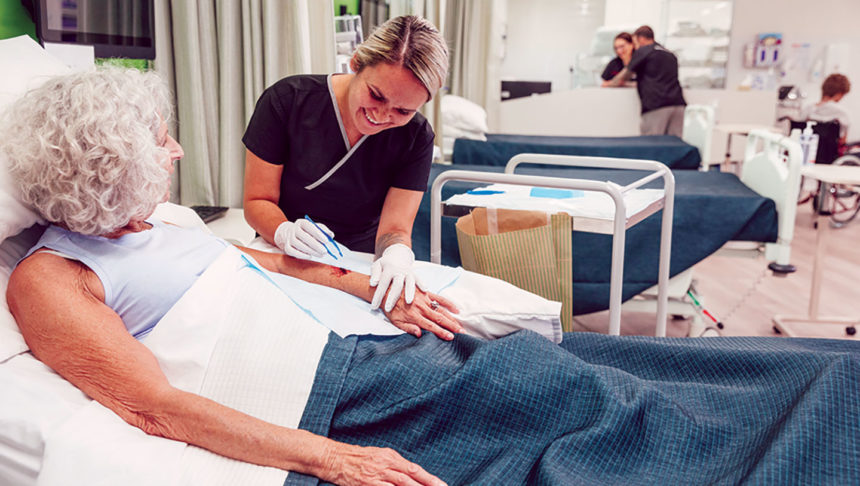
The earliest wound care practitioners used everything from honey to grease and alcohol to promote healing, a true example of necessity bearing invention.
By the 1800s, Joseph Lister was promoting a method of packing wounds with gauze soaked in carbolic acid.
It was only in the 1960s that modern moist healing techniques emerged — and it has taken another half-century for engineering, chemistry and medicine to land on the kinds of products now being used by wound and ostomy nurses around the world. But the innovation has been fast and furious in terms of lasting impact.
“As moist wound healing and the concept of undisturbed wound healing have become more widely accepted, new technology and evidence-based practices have led wound care treatments into a new realm of innovation,” said Chrystalbelle Rogers, MSN, RN, CWCN, CENP, a wound care nurse with Medline Post-Acute Care Skin Health. “This, coupled with unprecedented limitations of resources, has proven the value of products and practices that can help decrease pain, increase adherence to up-to-date recommendations and ultimately improve the overall quality of life.”
Moisture isn’t the only method that continues to be improved. Reta Underwood, a wound care expert and president of CLTC Inc., said that pressure-relieving and reducing mattresses have earned their place in mainstream wound care practice, too.
“If it’s not routine in a facility, it should be,” she said. “It is a beneficial must-do.”
But there’s no limit to how wound care might continue to evolve, especially with new technologies in the mix, such as wound-tracking cameras, moisture-assessment tools and products such as a surfactant based-gel that can manage devitalized tissue and promote cell survival. Underwood said she is hopeful the future will bring faster wound care interventions and lead to an ever-higher standard of care.
“We have the power, with the current climate of change, to push for resources that are necessary to provide the most effective care for those we serve.” Rogers agreed. “The greater innovation is not in the product alone but, ultimately, our ability to use it.”



